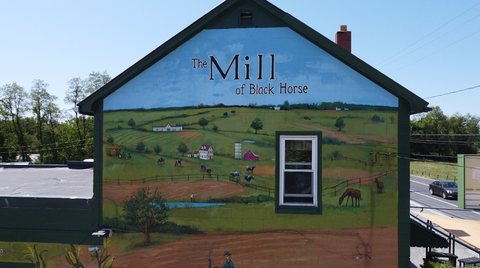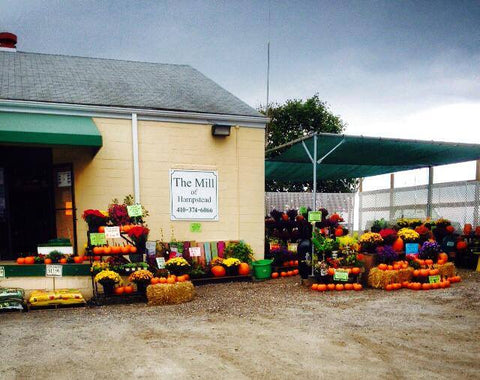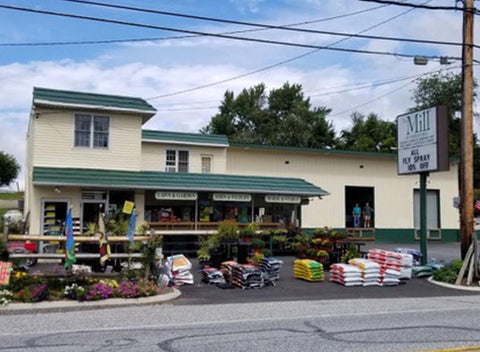As the summer vegetable harvest winds down and the season turns, it's time to start planting your cold crops. These cool-season vegetables, such as Broccoli, Cauliflower, Brussels Sprouts, and other leafy greens, thrive in the cooler temperatures of fall and early winter. With the right care and preparation, you can enjoy a bountiful harvest even as the days grow shorter.
Identifying and Controlling Pests

Be prepared for potential issues with pests like Cabbage Loopers and Cabbage Moth caterpillars, which can wreak havoc on your plants. These pests are the larvae of the Cabbage White Butterfly and the Cabbage Moth, and they commonly target cold crops such as Broccoli, Cauliflower, Brussels Sprouts, and other leafy greens.
To keep these pests in check, we recommend using BT (Bacillus thuringiensis), a biological pesticide approved for organic gardening. BT is available in both liquid form and as a powder called Dipel Dust. Monterey offers a liquid version that is OMRI certified for organic gardening, ensuring it meets strict standards.

Not only is BT effective in controlling the small green caterpillars on your cold crops, but at a slightly higher dose, it can also manage hornworm caterpillars that may infest your tomatoes. Be sure to read the label carefully for complete instructions and dosage recommendations.
Additional Pest Prevention Tips:
- Companion Planting: Consider planting herbs like dill or marigolds near your cold crops. These can help repel pests naturally.
- Row Covers: Use row covers to physically block pests from reaching your crops, providing an extra layer of protection.

Soil Preparation and Fertilization
Due to the drought conditions we experienced this summer, it’s important to prepare your soil properly before planting. Ensure your soil is well-drained and enriched with compost or organic matter to provide the nutrients your cold crops need.
Allow your cold crops to establish themselves for about 10 days after planting before fertilizing. Choose a fertilizer that contains calcium, boron, and manganese, as these essential micronutrients may have leached out of the root zone due to heavy watering during the hotter months. Broccoli, in particular, requires boron for proper growth.
Seasonal Planting Tips
Timing is key when planting cold crops. Be mindful of your region's frost dates and soil temperatures to ensure your plants have enough time to mature before the first hard freeze. Cold crops typically prefer soil temperatures between 45°F and 75°F.
If you practice crop rotation, now is the time to move your cold crops to a new area of your garden to avoid the buildup of pests and diseases that can occur when the same crops are planted in the same location year after year.
Step-by-Step Guide to Planting Cold Crops
- Prepare the Soil: Add compost or organic matter to enrich the soil. Ensure the soil is well-draining.
- Plant at the Right Time: Check your local frost dates and plant your crops in well-prepared soil when temperatures are appropriate.
- Water Consistently: Keep the soil evenly moist, but not waterlogged.
- Fertilize After Establishment: After 10 days, apply a balanced fertilizer containing calcium, boron, and manganese. Continue fertilizing every 2-3 weeks through the fall.
- Monitor for Pests: Regularly check your crops for signs of Cabbage Loopers, Cabbage Moth caterpillars, and other pests. Apply BT as needed.
- As winter and frosty nights approach, extend the harvest season with row covers or tunnels.
- Harvest and Enjoy: Once your crops have matured, harvest them and enjoy the fruits (and vegetables) of your labor!
By following these guidelines, you'll be well on your way to a successful and bountiful cold crop harvest. Remember to enjoy the process and take time to appreciate the resilience and beauty of these cool-season vegetables. With a little care and attention, your fall garden can thrive well into the colder months.












